Key Takeaways
- Keep your retro games looking beautiful on modern TVs using a video scaler for better image quality.
- Video scalers eliminate poor upscaling performed by TVs, providing a range of resolution options for a customized gaming experience.
- Scalable options like the RetroTINK-4K and the OSSC cater to different budgets, offering optimal picture quality while preserving retro game visuals.
You can’t beat playing retro games on original hardware, but it’s no secret that old systems tend to render poorly on modern 4K TVs. If you want to preserve that beautiful pixel artwork, you’ll need a CRT or a video scaler.
The Problem With Modern TVs
Retro consoles were designed with period-appropriate cathode-ray tube (CRT) displays in mind. This means that they output extremely low resolutions by today’s standards. Where modern LCD and OLED displays use individual pixels on a grid, CRTs use horizontal lines that are displayed one at a time.
Take the SEGA Genesis for example, which could output at 240p (240 horizontal lines displayed in a progressive scan pattern), with support for 480i when video interlacing is used. Even much later consoles like SEGA’s Dreamcast used 480i when connected with S-Video or composite cables, and 480p over a VGA connection.
If you’re confused about the difference between progressive scan and interlacing, don’t be. The former means that all lines are displayed in sequence, whereas the latter means that lines are drawn alternately. This was done for bandwidth reasons, with interlacing resulting in additional blurring or shakiness. In some consoles interlacing is used to “skip” lines, resulting in “scanlines” that give some old games their distinctive pixellated look.
The main reason modern TVs do a bad job of displaying old video signals is that they have too many pixels to fill. The maximum number of individual pixels in a 240p image is 76,800, whereas a modern Ultra HD TV has a total of 8,294,400 pixels. That’s a 108-fold increase in pixel numbers, or nine times the number of horizontal lines.
To get around this problem, modern TVs process incoming images in an attempt to improve how they look on high-resolution panels. This is a process known as upscaling, and it can work well in video content. Unfortunately, crisp pixel art can become distorted and muddled. The image you remember seeing on your childhood TV doesn’t just look different, it looks bad.
Modern TVs can introduce other issues too. Some lack the requisite analog inputs required to connect old consoles, instead going for an all-digital approach. Some TVs suffer from latency issues that weren’t present on CRTs, though modern OLED panels have gone a long way toward solving this issue.
Video Scalers to the Rescue
Rather than trusting your TV to do a poor job of upscaling your retro consoles, you can buy a video scaler instead. Video scalers are devices that take low-resolution incoming signals and output a signal that’s designed to look better on a modern TV.
These scalers are separate pieces of hardware that you’ll need to accommodate somewhere in your media setup. They give you a range of options that you can tweak to get your games looking just the way you want them. Some output a native 4K image, while others manage only 1440p, 1080p, or 720p.
These converters can also deinterlace signals, which eliminates the unwanted side effects introduced by an interlaced 480i, 576i, 720i, or 1080i image. Since video games require fast reactions, minimizing latency is usually a priority when designing a video scaler. These devices are purpose-built for gaming.
Scalers provide a range of inputs that you may no longer have access to on your modern TV. This can include composite, S-Video, SCART, VGA, RCA, and even separate audio inputs. The more expensive scalers even come with features like CRT simulation, emulating the look of certain displays.
As a rule of thumb, most older consoles (even those produced during the digital era) can benefit from a video scaler. If the console you’re attempting to play was designed with an older display technology in mind and the scaler explicitly supports converting that output to a higher resolution, you’re likely to see some benefit.
The greatest benefits will come from the oldest consoles that natively output the lowest resolutions. But even an Xbox 360, which rendered most games at 720p (with the option to output 720p natively), can benefit from a scaler that outputs a higher-resolution image.
Got an Old CRT TV? Use That Instead
Let’s take a moment to acknowledge the obvious way to enjoy these retro consoles, on TVs that were designed to handle their low-resolution video signals. If you have access to a CRT, there are some good arguments for simply using that.
Buying a used CRT for a reasonable price is a lot harder than it once was. Many of the “best” CRTs are highly sought-after items, with sellers asking for hundreds of dollars (or more) on used marketplaces. Scarcity is a real problem since CRTs are no longer manufactured.
Even the worst CRTs have become trendy items that sellers will often try to shift for more money than they’re worth. If you’ve got one or can find one for a decent price, this may be a route you want to explore. Remember that not all CRTs were built equally.
Buying a used CRT is a lot like buying used vinyl. You might get pops, scratches, and warps on old records just as you might see bowed pictures, barrel distortion, and color shifts on old tube displays. Some CRTs never looked that good, whereas models like the legendary Sony PVMs stand head and shoulders above the rest.
But not everyone has the money or space for a CRT. Larger CRTs are incredibly heavy, which makes them even less practical. Video scalers aren’t cheap, but compared with the price of an old CRT, they might be the best value option on the market. That’s before you consider that old electronics are more likely to fail as time goes on.
Which Video Scaler Should You Buy?
Two important factors will dictate which video scaler you should buy: budget and availability. By far the best scaler on the market right now is the RetroTINK-4K, a $750 video scaler that can output up to 4K resolution at 60 frames per second.
This is the highest output resolution currently available (at the time of writing) in any retro upscaling solution. The RT4K lets you choose how you want to scale your input signal, from perfect integer scaling (effectively repeating pixels to scale in a 1:1 pattern) to CRT emulation with optional scanlines. It supports HD video input (1080p and 1200p) and even HDR output.
Also available is the RetroTINK-5X Pro which only outputs to a 1440p maximum resolution, has fewer inputs, and lacks the remote control and CRT emulation seen on the pricer 4K model. It’s also cheaper at $325, and stock is easier to come by (at the time of writing).
Then there’s the even cheaper RetroTINK-2X Pro ($139.99) for converting 576i and below to digital video output, great if all you have is a SNES or N64.
If you find yourself constrained by budget and availability, consider an Open Source Scan Converter. The v1.8 scaler starts at €115 without a power supply or remote, which you can add at checkout. The OSSC is a cheaper option that tops out at 1440p, with support for a variety of modes in between.
It may be limited compared to the RetroTINK-4K, but the OSSC is a lot cheaper and is still able to make resolutions from 240p through to 1080i look significantly better on an HD or Ultra HD display. The unit features SCART, component, VGA, and 3.5mm audio inputs, with composite and S-Video inputs supported via an adapter.
Since the OSSC is an open-source project, it’s also possible to find other versions and add-on cards from different manufacturers.
Check Out Console-Specific Solutions Too
If you’re on a strict budget and are only interested in adapting a single console for play on a modern TV, you can explore console-specific adapters from companies like KAICO, Pound Technology, and Hyperkin.
These products take the form of cables with integrated circuitry that upscales, usually to 720p, and deliver digital video via an HDMI connection. They’re cheaper than buying a RetroTINK or OSSC, but they’re not going to look as good. At roughly $30 per cable, they’re a cheap way to salvage some image quality and get that all-important HDMI output.
You can go a step further, with conversions like the DCHDMI Digital Mod Kit from KAICO. This involves installing a daughterboard underneath your console’s main motherboard. Projects like this require soldering skills and a willingness to learn. For your trouble you’ll get up to 1080p output and the ability to toggle scanlines if you want them.
It’s important to stress that these are niche products that purely affect the visual quality of retro games. Unless your TV lacks any analog inputs at all, you don’t necessarily need them.
With that in mind, a good scaler serves a purpose. If you have a lot of original hardware, or you’ve built an FPGA hardware emulator like the MiSTer, they could be worth the money and could be more cost-effective than bidding against PVM collectors on eBay.


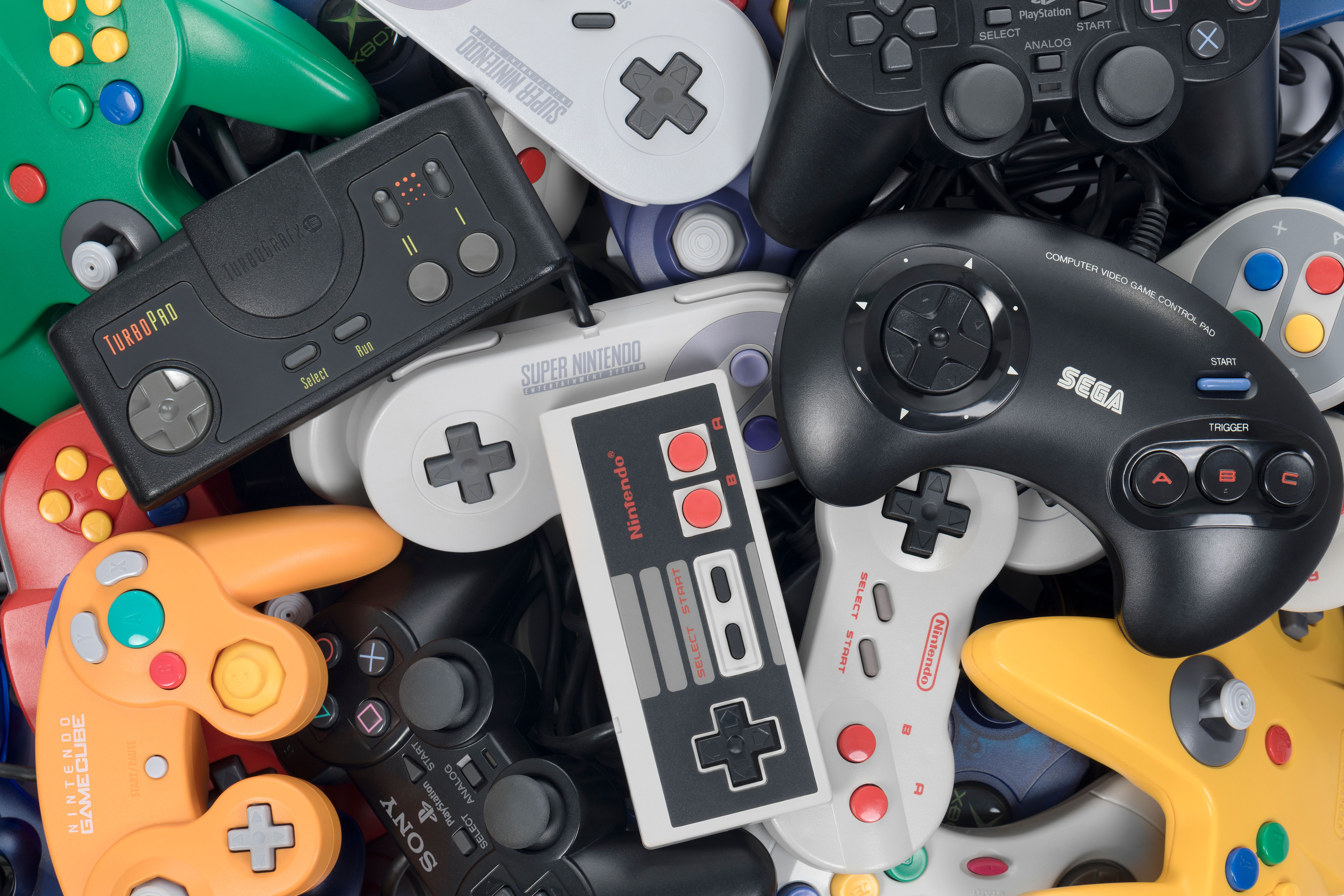
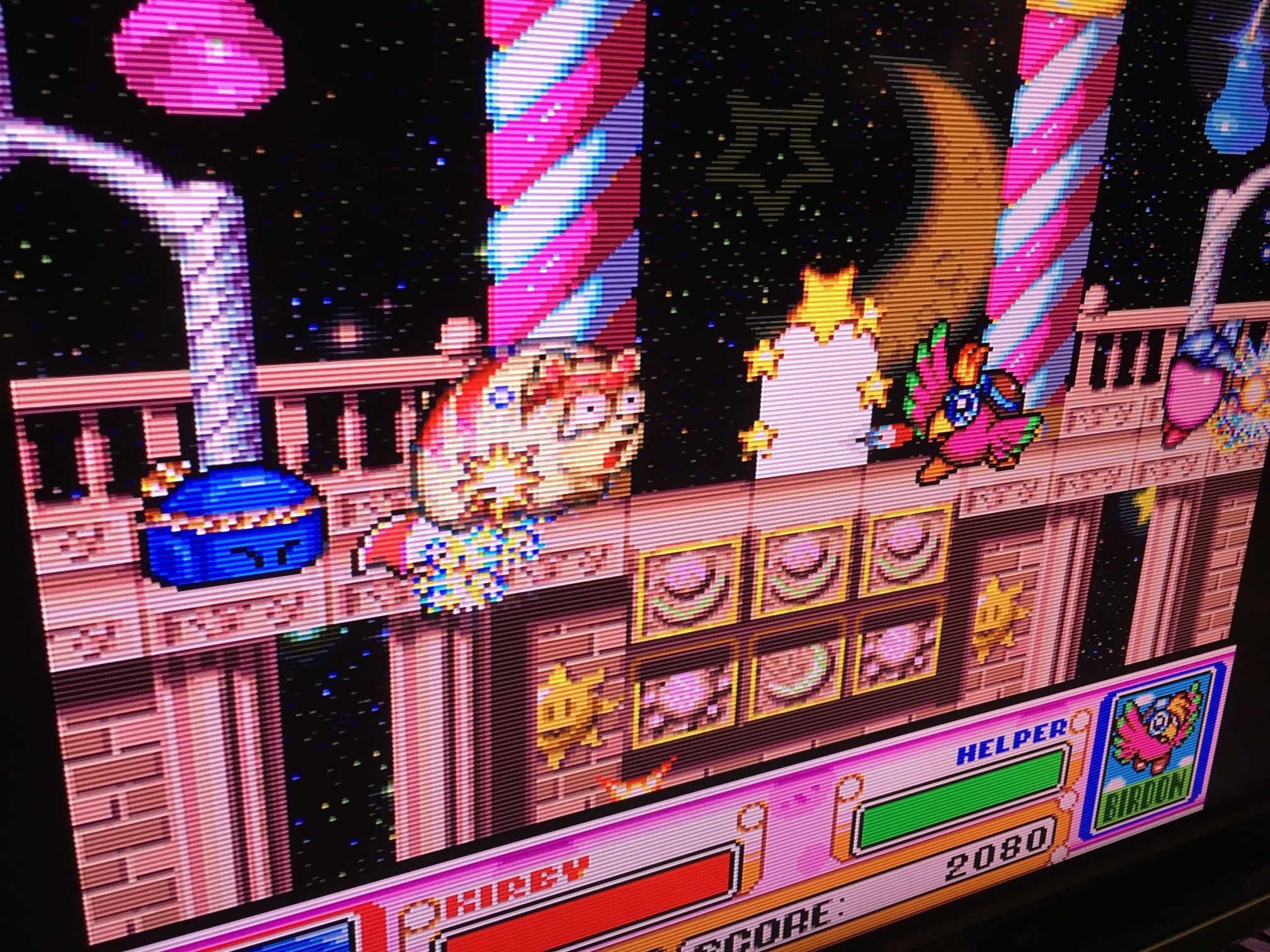
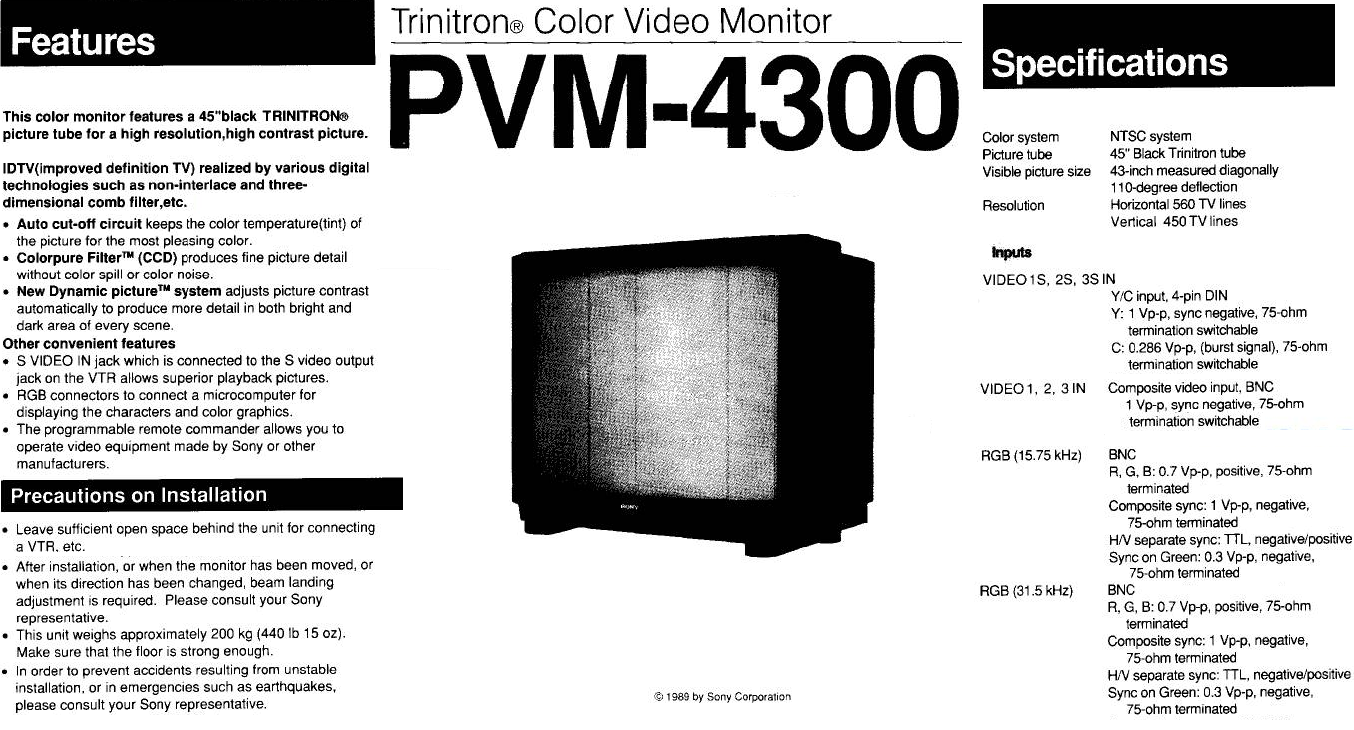
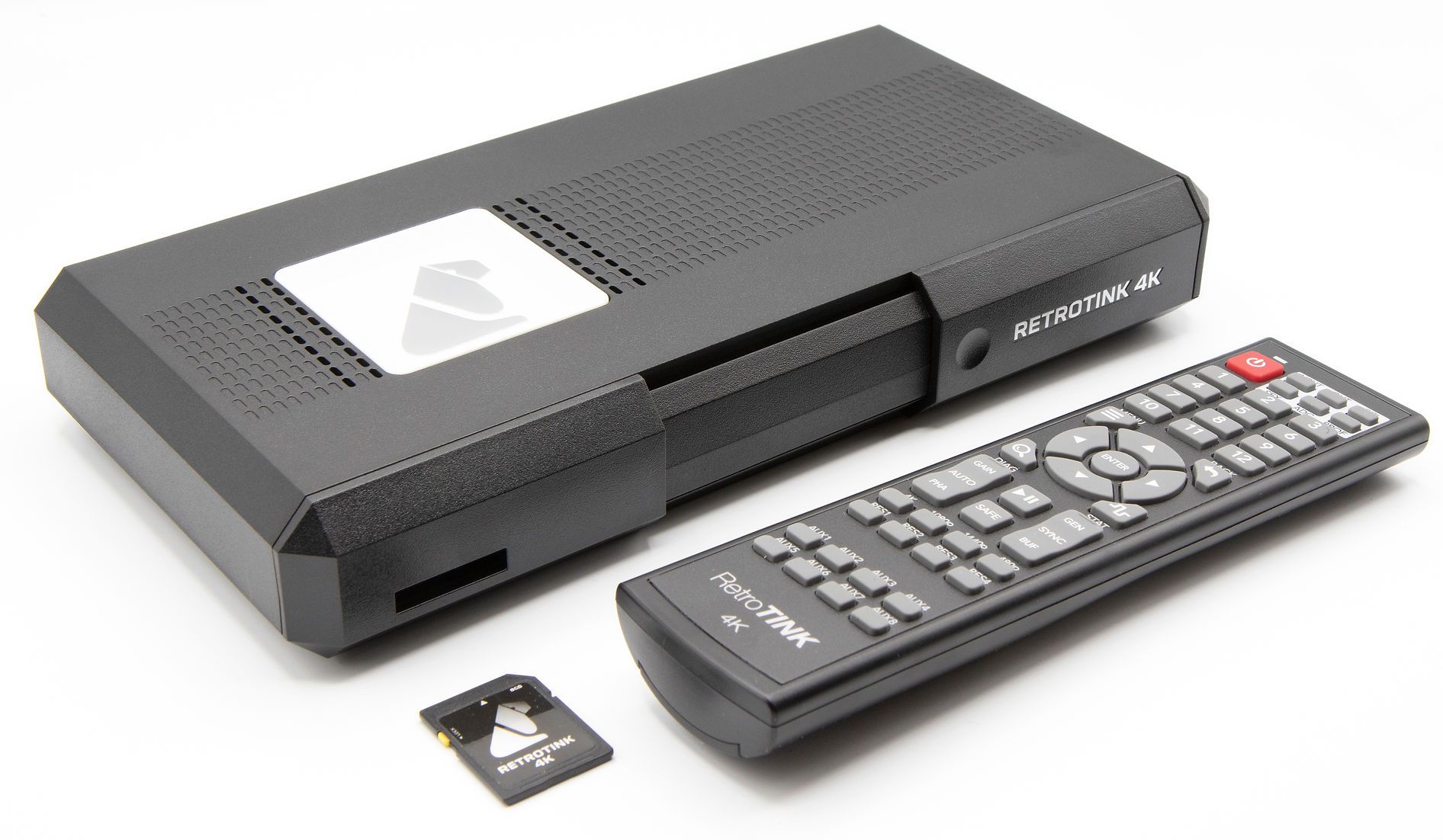
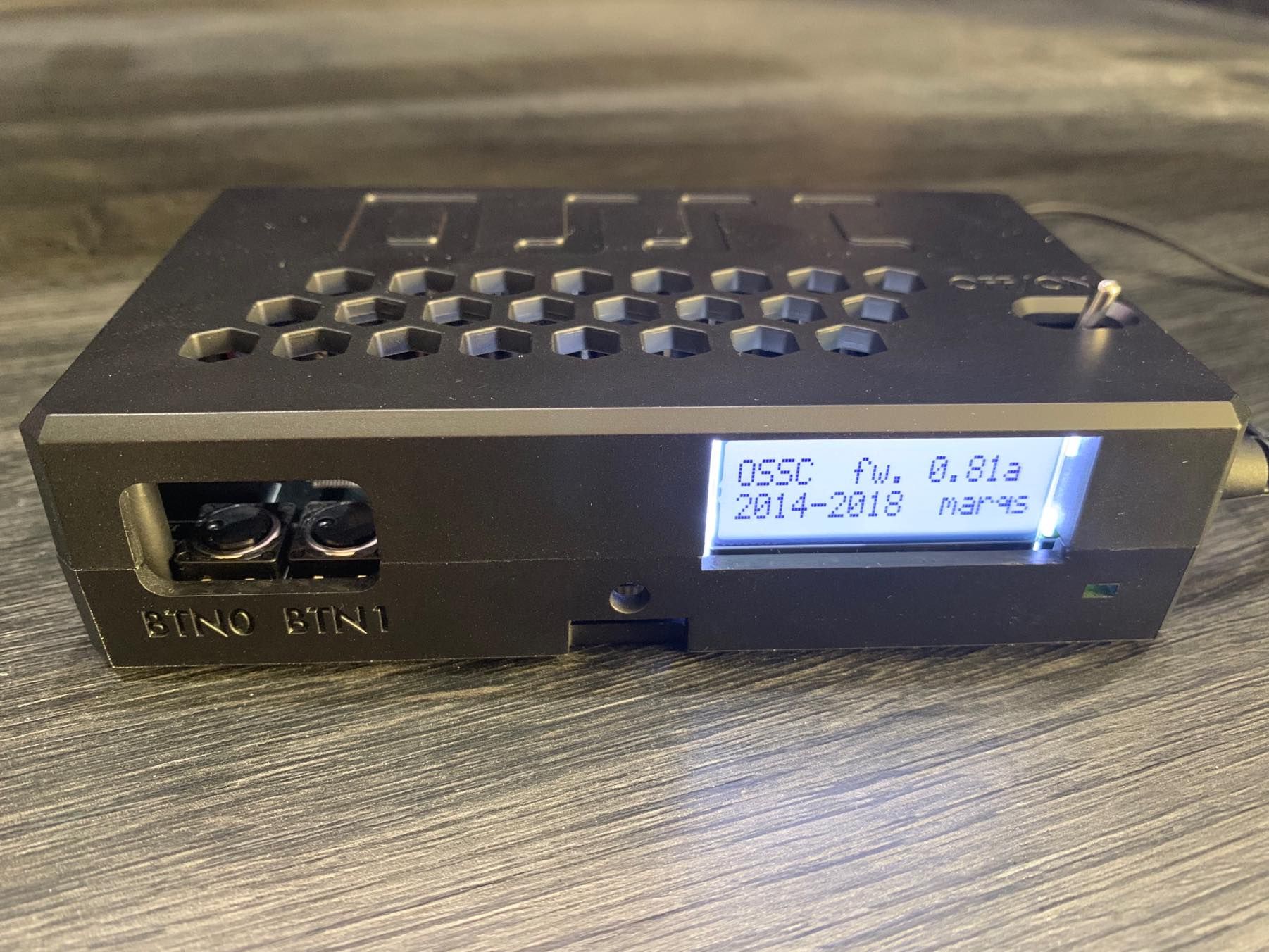

![Connect Pro: World’s first 100W magnetic USB cable with LED power reader [Video]](https://techtelegraph.co.uk/wp-content/uploads/2024/06/Chargeasap-ConnectPRo--218x150.jpg)